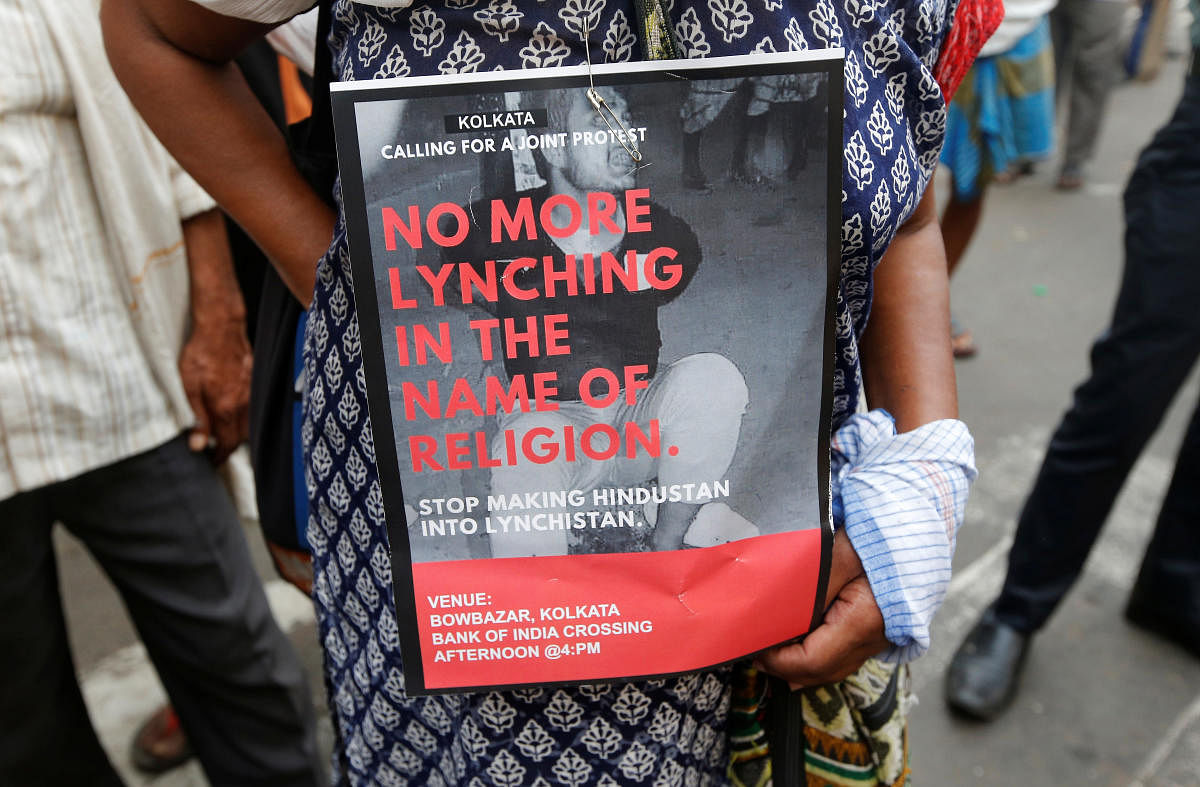
The handling by the Jharkhand police of the lynching of a young man, Tabrez Ansari, in June shows not only the institutional bias which is common in such cases but also why justice is usually not rendered in these cases. Ansari was attacked by a mob which claimed that he had stolen a motorcycle, and he was tied to a pole and thrashed for seven hours. He died in hospital four days later. The police have now diluted the charge against the accused from ‘murder’ to ‘culpable homicide not amounting to murder’. This has been done after the final post-mortem report attributed Ansari’s death to cardiac arrest. The original murder charge had been filed after the doctors who performed the autopsy had reported that the death was caused by brain haemorrhage caused by a head injury. But the medical board gave a final report which doctors or even lay persons find difficult to accept.
Every death happens due to cardiac arrest. If the police do not accept that cardiac arrests are caused by beating and torture, there cannot be any murder cases at all. Ansari died from the thrashing he received which led to the cardiac arrest, and it does not make any difference that he died after four days. The only conclusion is that the police deliberately avoided filing the murder charge and was looking for loopholes. This could have been because Ansari was from the minority community, and the attack had assumed a communal character with the mob forcing him to chant Jai Shri Ram. The police, in fact, mishandled the case from the beginning. They arrived late on the scene of attack, took Ansari to the police station first and filed a case of theft against him, and only then took him to hospital, where he died.
There is a pattern common to many cases of lynching. The victim is from the minority community or is a Dalit, and is made an offender, too. Investigation and prosecution work against the victim and the bias is often explicit. The offenders get political support and are even praised. Pehlu Khan’s case in Rajasthan is a well-known example. He was killed by cow vigilante, but the killers have been acquitted, while the victims’ sons face cattle-lifting charges. The Supreme Court has issued guidelines on how to handle lynching cases. They are not being followed. The court has called for a law on it, but the central government does not want to enact a law. The conduct of the police in the Tabrez Ansari case has even been defended and justified by some in public. Like other cases of its kind, it faces the prospect of miscarriage and denial of justice.